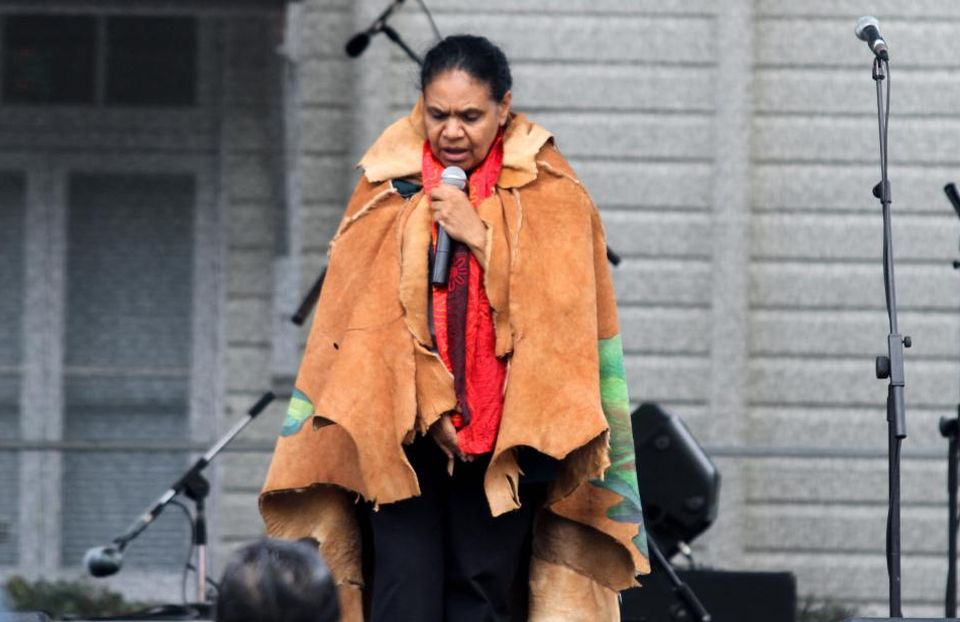Urbanisation contributes to extinguishment of Native Title over the greater Brisbane region, says Federal Court.
The Federal Court has handed down a determination close to home for many – that native title has been extinguished over a large tract of the greater Brisbane region. This decision rejected native title claims made by two native title claim groups, namely the
Yugara/Yagarapul People and the Turrbal People of that claim area, but also, more broadly, determined that native title does not exist over this highly urbanised region.
Following from this determination, local bodies and companies do not have to comply with obligations under the Native Title legislation, but should continue to watch out for any subsequent appeals from the Federal Court. A conservative approach should nevertheless be adopted, and native title searches should still be conducted prior to undertaking any developments or works in this region. Separately, any obligations relating to cultural heritage under the Aboriginal Cultural Heritage Act 2003 (Qld) and
Torres Strait Islander Cultural Heritage Act 2003 (Qld) continue to operate.
A stark contrast from the recent registration of the Wonnarua People’s native title claim over the Hunter Valley region, it has not been a ceremonious start to 2015 for all native title claimants.
On Tuesday, 27 January 2015, the Federal Court handed down a decision in the case, Sandy on behalf of the of the Yugara People v State of Queensland (No. 2) [2015] FCA 15, rejecting the native title claims of the Yugara/Yagarapul and the Turrbal People over a large part of the greater Brisbane region.
These proceedings commenced with two separate native title applications, with Ms Connie Isaacs (subsequently joined by Ms Maroochy Barambah) lodging an application on behalf of the Turrbal People over several discrete areas in the greater Brisbane region in 1998 and Mr Desmond Sandy, Ms Ruth James and Ms Pearl Sandy lodging an application on behalf of the Yugara/Yagarapul People over Brisbane and some bordering regions in 2011. The two applications were consolidated in 2013.
In order to gain legal recognition of the groups’ native title rights and interests, the two groups had to prove a high level of evidence of each group’s ‘traditional connection’ to the area from sovereignty to present day, that the groups continue to observe traditional laws and customs that give rise to the rights and interests they want recognised, and that the traditional rights sought are recognised by Australian law. Both groups claimed native title on the basis of their biological descent from Aboriginal people who once lived in the area.
This determination indicates the difficulty involved in proving an ongoing connection between the native title claimants and the land since sovereignty, especially where there has been widespread urbanisation or agricultural development.
Upon consideration of the evidence presented, Justice Jessup rejected the two claims on the basis of a lack of connection and continuity. His Honour opined strongly about the need to establish a normative system of laws and customs in the context of rights and interests in relation to land and waters stemming from the date of sovereignty.
With such a high standard of evidence required, the members of the two claim groups were unable to prove a continued and substantially uninterrupted acknowledgment and observance of traditional laws to sustain the claimed rights.
Consequently, it was held that both claimants do not possess the necessary communal, group or individual rights and interests required to prove native title in the claim areas.
This decision provides clarity for many bodies including local governments and resources companies. With a determination that native title rights do not exist over the claimed area, developments and works in Brisbane and the bordering regions will not need to comply with processes under Native Title legislation. However, separately, obligations under cultural heritage legislation continue to apply.
This determination indicates the high level of difficulty involved in proving an ongoing connection between the native title claimants and the land since sovereignty, especially where there has been widespread urbanisation or agricultural development. However, determinations from the Federal Court have potential for appeal. All bodies that may be impacted on by the registration of any native title claims should keep a lookout for any updates on these claims, and always adopt a conservative approach by conducting native title searches prior to undertaking works in the South-East Queensland region.



